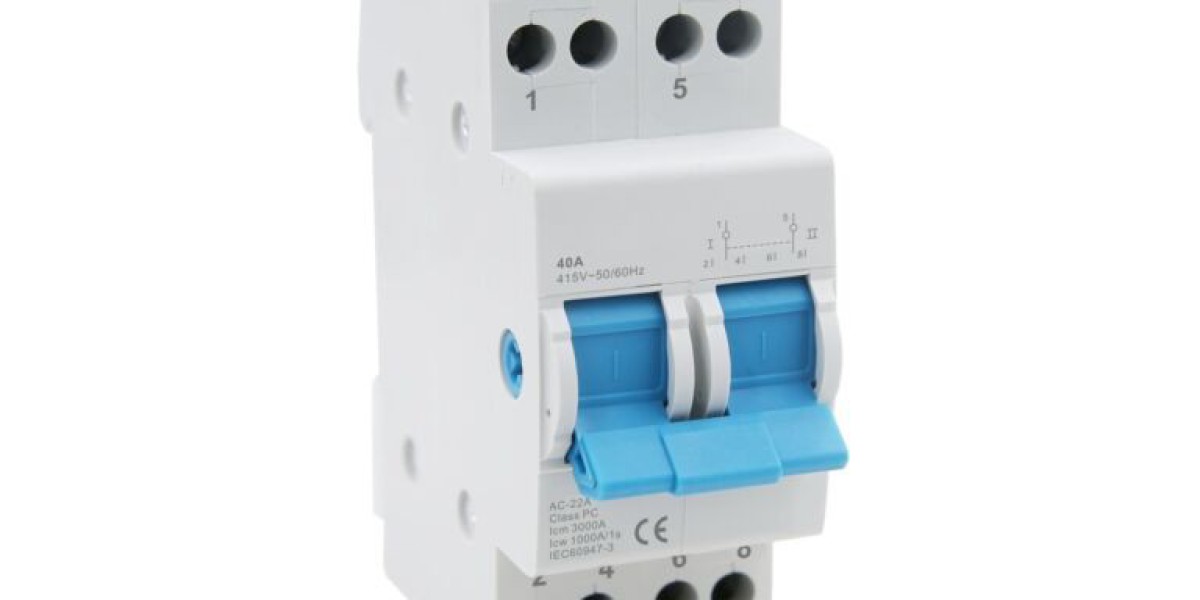Circuit breakers are essential components in electrical systems, acting as the first line of defense against faults and ensuring safety in both residential and industrial settings. While most people associate circuit breakers with low-voltage applications, they are equally crucial in high voltage scenarios. Understanding how does circuit breakers work in high voltage applications is vital for ensuring reliability and safety in power distribution systems. This article explores the workings of circuit breakers in high voltage applications and highlights OOHMAGE's expertise in this field.
OOHMAGE: A Leader in Electrical Solutions
Founded in 1994, OOHMAGE began its journey in the low-voltage electrical sector. Over the years, the company expanded its product range to include electric enclosures and other critical electrical components. With 27 years of experience, OOHMAGE has established a robust network comprising several companies and branches dedicated to manufacturing, quality inspection, product research and development, brand promotion, and international trading. OOHMAGE’s commitment to quality and innovation has positioned it as a trusted leader in electrical safety solutions, including high voltage applications.
What is a High Voltage Circuit Breaker?
High voltage circuit breakers (HVCBs) are designed to protect electrical circuits operating at voltages typically above 1 kV (kilovolt). These breakers are critical for the protection and control of electrical power systems, especially in industrial, commercial, and utility applications. They interrupt fault currents caused by overloads or short circuits, ensuring that the power system remains stable and preventing damage to equipment and infrastructure.
How Does a High Voltage Circuit Breaker Work?
High voltage circuit breakers operate using similar principles to their low-voltage counterparts but are specifically designed to handle the higher voltages and currents involved. Here’s how they function:
1. Detection of Fault Conditions
High voltage circuit breakers monitor the current flowing through the circuit. When the current exceeds a predefined threshold, indicating an overload or short circuit, the breaker’s control system detects this anomaly. The detection can be performed using different methods, such as current transformers or microprocessor-based systems that continuously analyze the circuit’s condition.
2. Triggering the Interruption Mechanism
Once a fault condition is identified, the circuit breaker must interrupt the circuit to prevent damage. High voltage circuit breakers can utilize various mechanisms to achieve this, including:
- Electromechanical Systems: In traditional HVCBs, an electromechanical mechanism triggers the interruption. When a fault is detected, the control system energizes a solenoid or motor that operates the breaker’s mechanism, causing it to open.
- Spring-Operated Mechanisms: Many modern high voltage circuit breakers use spring-operated mechanisms. In this design, energy is stored in a spring, which is released to open the contacts when a fault is detected. This allows for rapid operation, critical in high voltage scenarios.
3. Contact Separation
When the circuit breaker operates, the contacts within the breaker physically separate, creating an air gap. This separation interrupts the flow of electricity, stopping the current immediately. The speed of this operation is crucial; in high voltage applications, breakers can operate within milliseconds to protect the system effectively.
4. Arc Quenching
As the contacts separate, an electrical arc may form due to the high voltage present. High voltage circuit breakers are designed with specialized arc-quenching mechanisms to extinguish this arc safely. Some common methods include:
- Oil-Insulated Breakers: In oil circuit breakers, the contacts are immersed in insulating oil, which helps cool and extinguish the arc.
- Sulfur Hexafluoride (SF6) Breakers: SF6 is a highly effective gas for quenching arcs due to its high dielectric strength. Breakers using SF6 can handle very high voltages with reduced size and weight.
5. Resetting the Circuit Breaker
After the fault condition is cleared, the circuit breaker can be reset. This can be done manually or automatically, depending on the design. Modern high voltage circuit breakers often incorporate remote control and monitoring systems, allowing operators to reset the breaker from a safe distance.
The Importance of High Voltage Circuit Breakers
High voltage circuit breakers play a crucial role in maintaining the stability and safety of electrical power systems. Their ability to quickly detect and interrupt fault currents helps prevent:
- Equipment Damage: By stopping excessive currents before they can damage transformers, generators, and other equipment.
- Electrical Fires: By interrupting fault currents that could cause overheating and fires.
- Power Outages: By ensuring that faults do not lead to cascading failures across the power network.
OOHMAGE’s Commitment to High Voltage Safety
With its extensive experience in electrical solutions, OOHMAGE is dedicated to producing high-quality high voltage circuit breakers that meet international safety standards. The company’s focus on research and development ensures that its products incorporate the latest technologies for optimal performance and reliability.
Conclusion
High voltage circuit breakers are essential for protecting electrical systems from fault currents. By quickly detecting anomalies, interrupting circuits, and extinguishing arcs, these devices ensure the safety and stability of power systems. OOHMAGE, with its rich history in electrical solutions, continues to lead the way in providing reliable high voltage circuit breakers that protect infrastructure and support the growing demands of the electrical industry.



